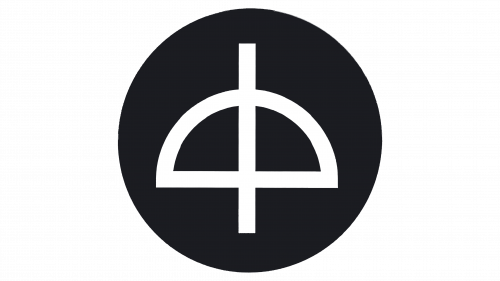Celtic symbols have fascinated people for a long time because they’re full of ancient stories and deep meanings. In addition to well-known symbols, there is also the symbol of Lammas. Celtic symbol Lammas is a special day that not everyone knows about. Lammas falls on August 1st and starts the harvest season. It means it’s time to give thanks for the first harvest and acknowledge the hard work spent on cultivating it. This day is about looking back at the year and being grateful for our achievements.
Lammas is celebrated with fun traditions like baking bread from the first grains and making corn dollies, which are thought to hold the spirit of the harvest. These traditions help us remember how closely the Celtic people felt connected to nature and the earth’s cycles. The day is also called Lughnasadh after the god Lugh, who was known for his skills and craftsmanship. Lammas is all about appreciating the gifts from nature, a reminder that’s still valuable today, even with our busy lives.
Here’s what people do to celebrate Lammas:
- Bake and share bread using the first grains harvested this season.
- Make corn dollies, which are little figures thought to hold the spirit of the crops.
- Have big meals and light bonfires to celebrate all the good things the season brings.
Lammas, or Lughnasadh, is a celebrated harvest festival that takes place on August 1st. It signifies the commencement of the harvesting period and is one of the principal celebrations within the Celtic tradition.
The sickle or scythe is a significant emblem for Lammas, highlighting its connection to the harvest. Bread, shaped as a loaf or a round cake made from the season’s first grains, is another vital symbol, signifying prosperity and fecundity.
Several other symbols also characterize Lammas:
- Grains, with wheat being the predominant crop harvested in summer.
- Bundles of harvested stalks play a role in the festival’s ceremonial practices and decorations.
- Elements like fire, the sun, and candles represent the summer’s warmth and luminosity, in addition to the ceremonial fires that are occasionally ignited to honor the harvest deities of Celtic lore.
- The deity Lugh is associated with vegetative growth and fertility, to whom many Lammas rituals are dedicated in Celtic myths.
Lammas Tattoo
Getting a Lammas tattoo is a special way to show love for nature and old Celtic traditions. Lammas is about celebrating the earth’s gifts, like the food we grow and the hard work that goes into it. The tattoo gives a sense of deep connection with the natural cycles of the world and the ancient customs of the Celts.
These tattoos carry deep significance, including:
- Appreciation and respect for the planet and its bounties serve as a reminder of nature’s vital role in nourishing humanity.
- The concepts of cycles and regeneration, with the Lammas harvest representing the closure of one natural cycle and the onset of another, encapsulate the idea of perpetual renewal.
- Symbols of harvest within the tattoo symbolize richness, fecundity, and well-being, highlighting themes of abundance.
- The motifs of the sun, flames, and torches associated with Lammas convey the nurturing power and warmth of the summertime.
- A connection to Celtic heritage and forebears’ wisdom, marking these tattoos as homages to one’s cultural lineage.
- Enchanted connotations, where Lammas iconography is tied to growth, wealth, and safeguarding, reminiscent of their use in talismans.
People who get this tattoo often add designs like Celtic knots or pictures of things from the harvest, like wheat or corn dollies. This makes each tattoo unique, telling a story about the person’s life or spiritual journey. It’s a way to honor the skills of the Celts and feel linked to the wisdom of our ancestors.






